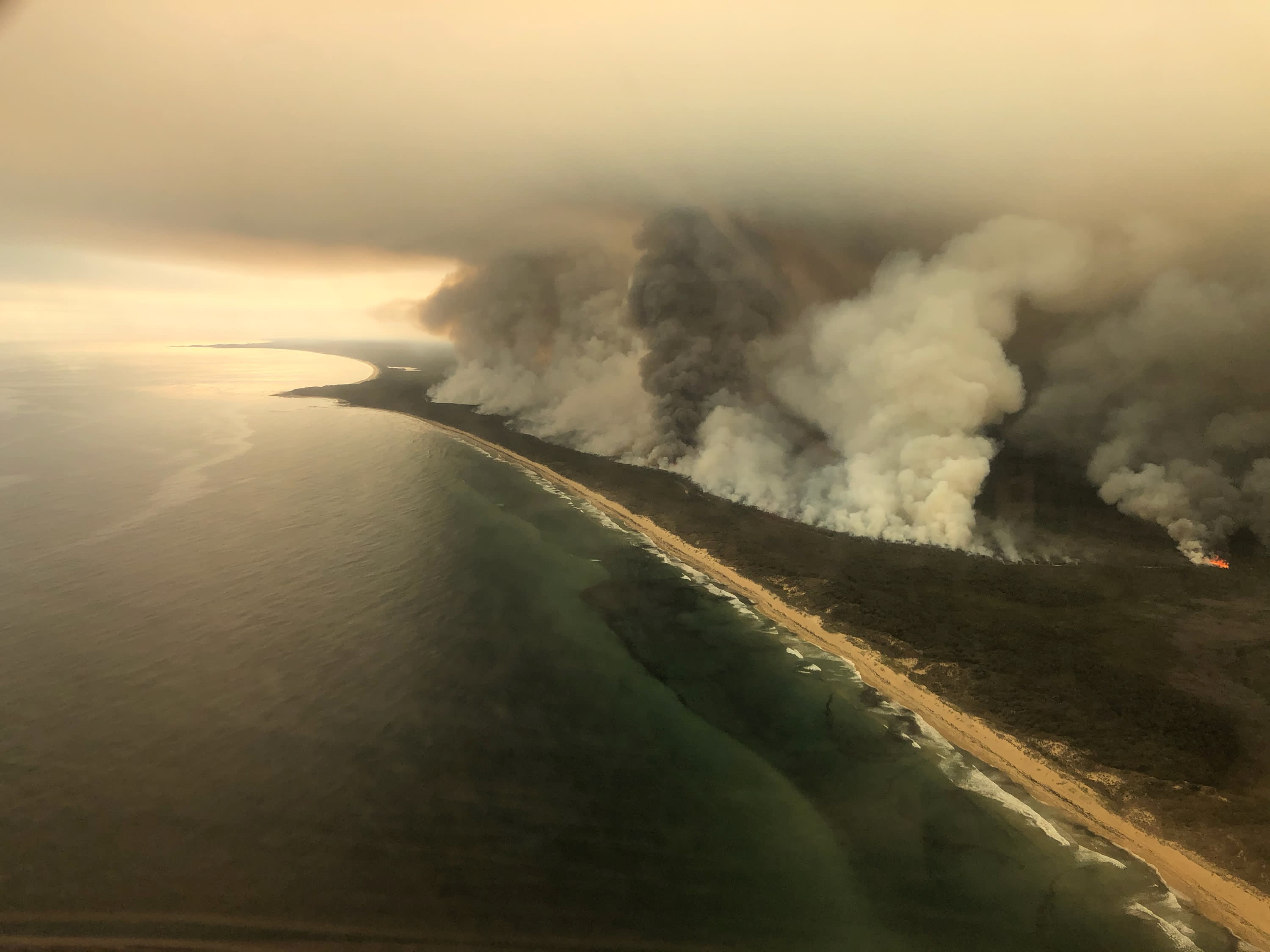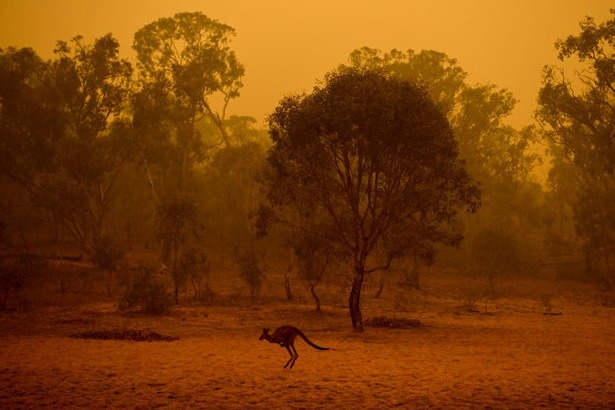Ensuring Shrub Fire Security With Correct BAL Record Analysis
In the world of bush fire security, the meticulous evaluation of Bushfire Assault Degree (BAL) records stands as a foundation for guarding properties versus the terrible effect of wildfires. With environmental factors and home qualities playing substantial functions in establishing the level of danger, a thorough understanding of BAL scores becomes necessary. Nevertheless, the actual significance lies not just in comprehending these reports yet in understanding them efficiently to develop tailored fire security methods. By diving into the value of BAL record analysis, we uncover a world where educated choices pave the path in the direction of reinforcing property security and durability in fire-prone areas.
Understanding Bushfire Strike Degree (BAL)
In the world of bushfire defense, comprehending the Bushfire Assault Level (BAL) is paramount for guaranteeing effective mitigation strategies. BAL is a system utilized to measure the prospective threat a building might face from a bushfire. It thinks about factors such as the sort of greenery, the incline of the land, the Fire Risk Index, and the Fire Seriousness Index. Recognizing the BAL ranking of a property is vital for building contractors, proprietors, and policymakers to apply proper measures to secure versus bushfire risks.

Value of BAL Report Evaluation
An essential element in bushfire defense planning entails the detailed analysis of BAL reports to examine the prospective risks and establish appropriate mitigation strategies. BAL reports give crucial info regarding the possible influence of bushfires on a residential or commercial property based on numerous variables such as plant life kind, distance to possible fire dangers, and incline of the land. Analyzing these reports with accuracy is paramount in establishing effective bushfire defense steps customized to the particular risk profile of a home.
Applying Fire Security Measures
Implementing efficient fire protection procedures is essential for safeguarding residential or commercial properties in bushfire-prone locations. Among the main methods to improve fire defense is by developing defensible room around buildings. This entails clearing combustible greenery, such as dry leaves and branches, within a specific radius of the property. In addition, setting up fire-resistant roof products can help reduce the threat of ashes stiring up the roofing during a bushfire. Properly maintained displays and gutters are likewise vital to prevent debris buildup that could sustain a fire.
Additionally, having a ample and properly maintained water system, such as a storage tank or pool, can aid firefighters in their efforts to secure the residential property. It is essential to have a clear evacuation strategy in position and to make sure that all citizens know with the procedures. In addition, having firefighting devices easily offered, such as hoses and fire extinguishers, can aid in tackling little place fires prior to they escalate. Overall, implementing a mix of these fire security actions can considerably boost the opportunities of protecting buildings during bushfire occasions.
Mitigating Dangers in Fire-Prone Areas
To fortify properties against bushfire hazards, a tactical focus on mitigating threats in fire-prone locations is important. Mitigating risks in fire-prone areas includes a detailed approach that includes different measures to minimize the probability and impact of bushfires. One critical like this element of threat mitigation is maintaining defensible area around homes by getting rid of combustible greenery, making sure appropriate spacing between trees and structures, and using fireproof landscaping methods. Furthermore, applying ember-proofing steps such as installing metal mesh screens on windows and covering roofing system tooth cavities can aid protect against ember strikes and minimize the risk of place fires.
In addition, constructing or retrofitting buildings with fireproof products and making certain appropriate maintenance of roof coverings, seamless gutters, and exterior cladding can considerably boost the home's strength to bushfires. Practicing a bushfire and creating emergency strategy with all passengers, consisting of discharge treatments and interaction strategies, is also vital in mitigating dangers efficiently. By adopting a positive technique to risk mitigation in fire-prone locations, residential property proprietors can much better shield their assets and enhance overall bushfire readiness.
Ensuring Property Safety and Strength
Guaranteeing the safety and security and resilience of residential or commercial properties in fire-prone locations needs an unwavering dedication to robust preventive procedures and critical preparation. Residential or commercial property security starts with carrying out effective procedures to lower fire threats.
Durability, on the discover here other hand, includes the ability of a home to recover and endure from a bushfire. By proactively dealing with these elements, building proprietors can much better shield their assets and enjoyed ones from the danger of bushfires.
Conclusion
In conclusion, making certain bushfire security via proper BAL report evaluation is important for comprehending the degree of danger posed by bushfires and implementing necessary fire protection actions. By alleviating dangers in fire-prone areas and making certain residential property security and durability, areas and individuals can much better plan for and react to bushfire events. It is crucial to check out this site prioritize fire safety and security procedures to protect lives and residential or commercial property in these high-risk atmospheres.
In the realm of bush fire protection, the careful evaluation of Bushfire Attack Level (BAL) records stands as a cornerstone for securing homes versus the damaging effect of wildfires (BAL Report). Recognizing the BAL rating of a home is vital for residential property policymakers, builders, and proprietors to implement proper actions to safeguard against bushfire hazards

BAL reports offer vital information about the prospective influence of bushfires on a building based on numerous aspects such as plant life kind, distance to potential fire threats, and incline of the land (BAL Report). Overall, executing a mix of these fire defense procedures can substantially enhance the opportunities of safeguarding residential or commercial properties during bushfire events